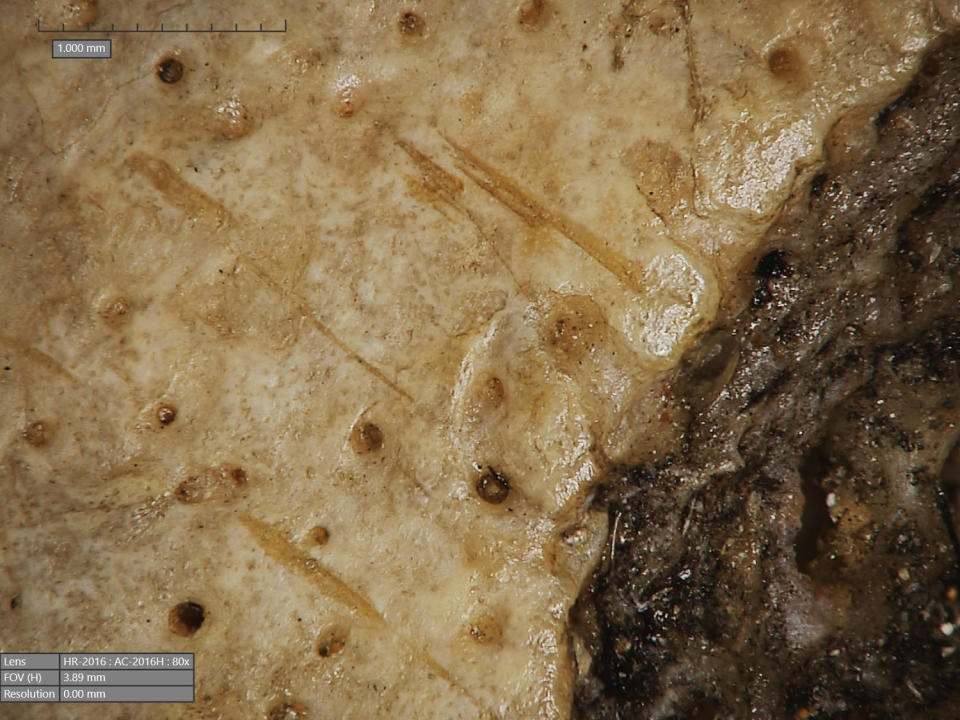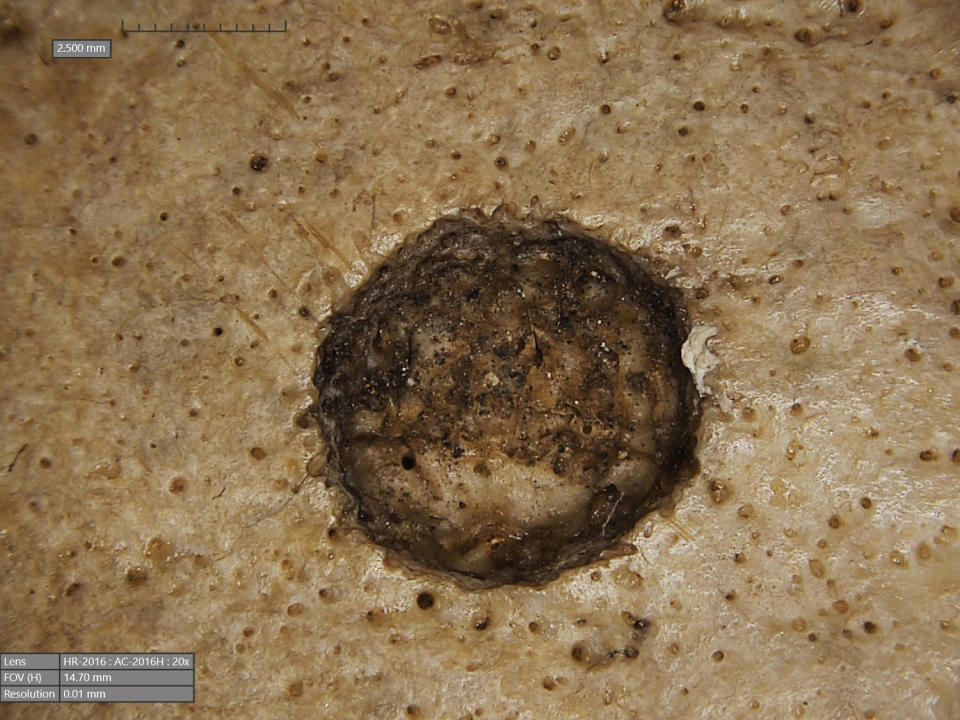A pair of ancient Egyptian skulls, both thousands of years old, belonged to some of history’s earliest known cancer patients, according to a study published Wednesday.
The skulls had cut marks around cancerous growths — providing evidence that ancient Egyptians had explored ways to treat cancer through operations, said the study published in Frontiers in Medicine journal.
The ancient Egyptians were known for their medical know-how. Texts describe how they would treat a range of illness and injuries, in some cases by building prosthetic limbs and inserting false teeth.
But this glimpse into cancer treatment is a “milestone in the history of medicine,” the study said.
“We see that although ancient Egyptians were able to deal with complex cranial fractures, cancer was still a medical knowledge frontier,” one of the study’s authors, Tatiana Tondini, said in a statement.


The study’s lead author, professor Edgard Camarós, added that the finding was “unique evidence of how ancient Egyptian medicine would have tried to deal with or explore cancer more than 4,000 years ago.”
Camarós, a paleopathologist at the University of Santiago de Compostela in Spain, and his team looked at two skulls held by the University of Cambridge’s Duckworth Collection, using micro-CT scanning and microscopic bone surface analysis, the study said.
“We wanted to learn about the role of cancer in the past, how prevalent this disease was in antiquity, and how ancient societies interacted with this pathology,” said Tondini, a researcher at Germany’s University of Tübingen.
One of the skulls belonged to a male and was dated from 2,687 to 2,345 B.C., while the other was a female and dated from 663 to 343 B.C.


The male skull had a large lesion surrounded by 30 or so small metastasized lesions around it. To their great surprise, researchers found cut marks around the lesions.
“When we first observed the cut marks under the microscope, we could not believe what was in front of us,” Tondini said.
“It seems ancient Egyptians performed some kind of surgical intervention related to the presence of cancerous cells,” said another co-author, professor Albert Isidro, a surgical oncologist at the University Hospital Sagrat Cor, in Barcelona, Spain.
The female skull also had a large lesion consistent with a cancerous tumor that led to bone destruction, indicating the person might have been older. There are also two healed lesions from traumatic injuries, the study said.
This article was originally published on NBCNews.com
